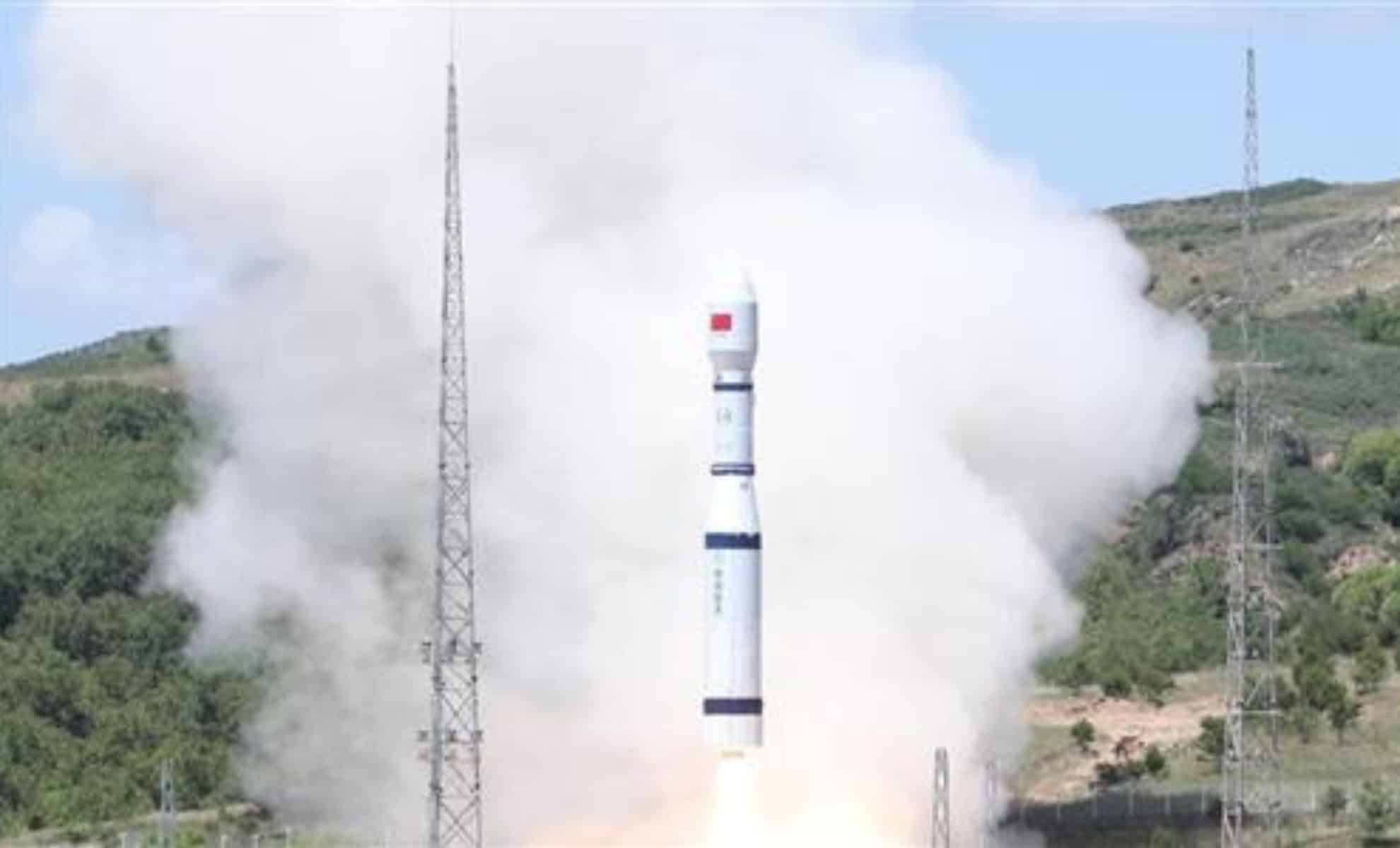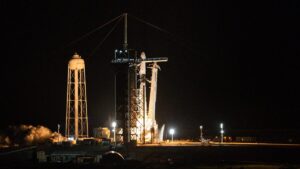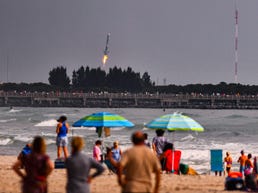China has successfully tested a new propulsion system designed for its future lunar missions, marking an important milestone in its ambitious space program.
This ground test, conducted on June 14, 2024, is a key step toward the nation’s goal of establishing a research base on the moon by 2030.
The new engine system, consisting of three YF-100K engines, is planned for installation on the first stage of Long March-10 rocket expected to carry over 27 tonnes of payload to the Earth-Moon transfer orbit.
Revolutionary test of the Long March-10 rocket
The test was the largest engine test ever conducted on a Chinese missile under development. During the test, the engines generated a ground thrust of 382 tons, significantly higher than previous tests and about 1.6 times greater than the largest tests previously conducted.
The Long March-10 A rocket designed to stand at a height of 92.5 meters and weigh approximately 2,189 tons at liftoff, it boasts a powerful thrust of 2,678 tons. This remarkable thrust capability will allow it to carry heavier payloads to the Moon compared to its predecessor, Long March-5, which can carry over 8 tons of payload during the current Chang’e-6 mission. Long March-10’s design reflects China’s commitment to improving its launch capabilities for more ambitious space missions.
According to China Aerospace Science and Technology Corporation (CASC)the drive system test confirmed the compatibility between the sub-level booster feed system and the engine, the fueling process, the parallel power transmission of several engines and the environmental characteristics.
“This test marks the entry of the Long March 10 series launch vehicle into the fast lane for large-scale ground test development,” said a CASC representative. The successful test of the YF-100K engines critical to Long March-10’s first stage represents a significant engineering achievement and sets the stage for more sophisticated testing and eventual mission readiness.
Strategic importance and future tests
The Long March-10 The rocket is a critical component of China’s manned lunar landing mission, designed to send both spacecraft and lunar landers. Its impressive specifications include an overall length of 92.5 meters, a take-off weight of 2,189 tonnes and a payload capacity of no less than 27 tonnes to the Earth-Moon transfer orbit.
These capabilities mark a significant upgrade over the previous ones Chinese missilesallowing more substantial payloads to be transported to the Moon, essential for establishing a sustained lunar presence.
The rocket’s powerful first stage, powered by three YF-100K engineswas specially designed to handle the enormous stresses of launch and provide the necessary thrust to break free from Earth’s gravitational pull. The YF-100K enginesknown for their high performance and reliability, are a key element in achieving the ambitious payload capacity of Long March-10.
The next step in the development of Long March-10 includes a second ground test of the first stage propulsion system scheduled to take place soon. This test will additionally check other operating conditions, ensuring the robustness and reliability of the system under various scenarios. The successful completion of these tests is critical to laying a solid foundation for the manned lunar landing project, with preparations for the first flight expected to begin in 2027.
Broader implications for China’s space program
This successful test is not only a technological triumph, but also a strategic advance for China’s space ambitions. The new high-thrust engine and Long March-10 launch vehicle are part of a broader effort to establish a sustainable human presence on the Moon. This development is in line with China’s plans to improve its space exploration capabilities and its strategic goals of lunar exploration and resource exploitation.
Except for Long March-10, China is also actively developing other spacecraft and lunar landers to support its manned lunar landing mission. The progress with the high-thrust engine is a testament to China’s growing expertise and commitment to being a leader in the space exploration arena. These achievements not only strengthen China’s position in the international space community, but also contribute to the global knowledge base and technological progress in space exploration.
The Long March-10 the rocket, with its enhanced capabilities, is poised to play a critical role in a variety of missions, including transporting taikonauts and cargo to the space station. The booster-less configuration of the rocket can handle missions to low Earth orbit with a payload of no less than 14 tonnes, demonstrating its versatility and strategic importance in China’s wider space ambitions.



